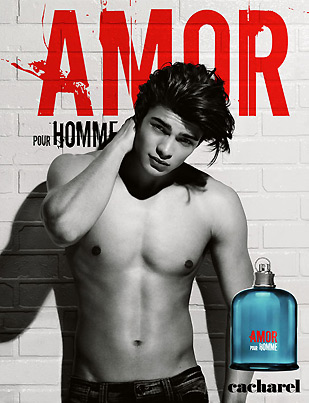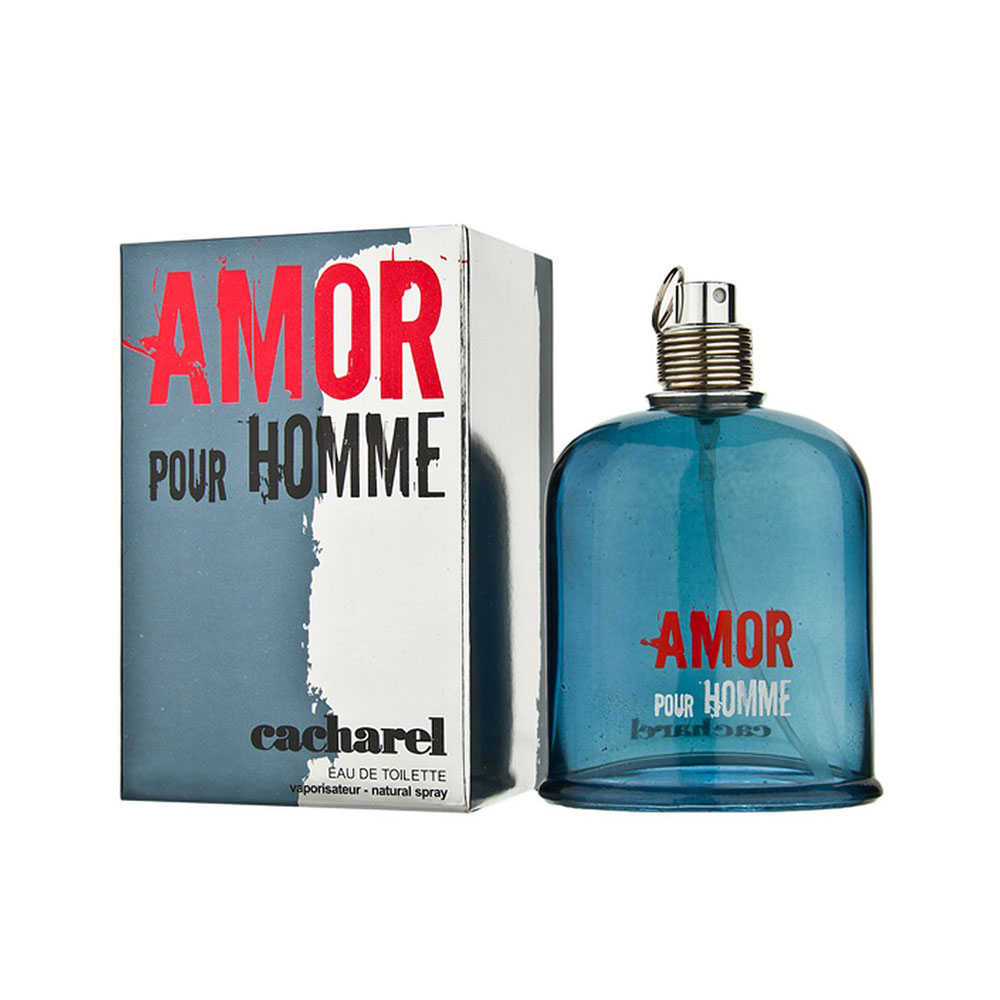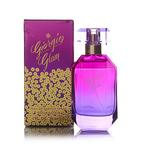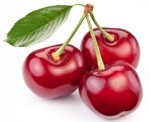Cacharel Amor Pour Homme (2006) "Men's Rose" {Perfume Review} {Men's Cologne} {Smell-The-Roses-Till-Valentine's Day Challenge - Day 13}

Amor Pour Homme by Cacharel was composed in 2006 by perfumer Sophie Labbé together with Pierre Wargnye. Thanks to the book 22 Perfumers in Creation by Clara Molloy, we learn that just like for Labbé's other fragrances, the perfumer used a code name to inspire her efforts - and in this case it was "Men's rose" in English that she repeated to herself from time to time to keep her eyes on the prize.
Labbé also further explains that when the idea came to her (date unspecified), it was difficult to impose this concept of a floral for men, which literally obsessed her. But that after Dior Pour Homme released in 2005, this concept of a paradoxical fragrance for men based on a flower - a note commonly perceived as being feminine in Western perfumery culture - became much more established. We have to understand that this remark applies essentially to the mainstream market.
Thus in 2005, there was an iris for men, in 2006 a rose for men, and in 2007, an orange blossom for men with Fleur du Mâle by Jean-Paul Gaultier.......
One could argue that of these three floral notes the iris in Dior Pour Homme one was the safest transition floral note for two reasons. The first one would be because there were already two famous men's fragrances with distinctive violet notes in the market, Geoffrey Beene Grey Flannel (1975) and Dior Fahrenheit (1988) from the same house. Violet and iris aromas are closely related through the use of Ionones. Second, because iris offers a woody tonality that allows for a subtle play on olfactory gender barriers. Orange blossom is a floral note found in classic eaux de cologne. Rose would probably be the floral note most identified with women and the culture of courtly love has left enough traces in today's world that a woman can still be compared to a rose in a privileged manner.
 How was the rose note treated in Amor Pour Homme? The scent develops first and foremost a woody, rather mainstream personality, with fougère facets; it is classified as a woody oriental. All the usual suspects are here: the fresh aromatic notes, the woody ones with a slight metallic, aqua overtones, and the newcomer, the rose, seems to be there for effect rather than show. It can be felt more than seen, adding a fruity, discreetly floral undertone to the woods. Was the rose note minimized, made to act slyly for the mainstream market so as not to shock modern masculine sensibilities (see Penhaligon's Hammam Bouquet)?
How was the rose note treated in Amor Pour Homme? The scent develops first and foremost a woody, rather mainstream personality, with fougère facets; it is classified as a woody oriental. All the usual suspects are here: the fresh aromatic notes, the woody ones with a slight metallic, aqua overtones, and the newcomer, the rose, seems to be there for effect rather than show. It can be felt more than seen, adding a fruity, discreetly floral undertone to the woods. Was the rose note minimized, made to act slyly for the mainstream market so as not to shock modern masculine sensibilities (see Penhaligon's Hammam Bouquet)?
Not quite. In the best tradition of French perfumery, the one that believes in three stages of development with the last one considered to be the one revelatory of the true nature of the perfume, and which is the marrying stage, the one that makes you come back to the perfume counter to buy a fragrance bottle, the rose (Rosa Centifolia) finally blooms in all of its glory in the long, beautiful protracted dry-down of Amor Pour Homme.
The rose peeks through unannounced - except if you read the ad copy attentively somewhere where a "spicy rose" is mentioned- and suddenly, it takes up all the space. It even confers a rich oud quality to the woods that were dry, conservative, and a bit tedious so far. The woody-rose sillage of Amor Pour Homme is diffusive, ample, warm; in short, it is terrific and there is no mistaking it, it is a rose perfume for men.
At that point it feels as if it would be easily transferable to women who like deep dark roses. But before that the perfume is much more traditionally coded, so the composition might not feel unisex enough in the early stages to be easily adopted by most women.
Notes: citrus, Sicilian Tangerine, aromatic tea, spices, cardamom, Rosa Centifolia, fern, vetiver, rosewood, wood of violet, benzoin, tonka bean
Image: Business Interactif









